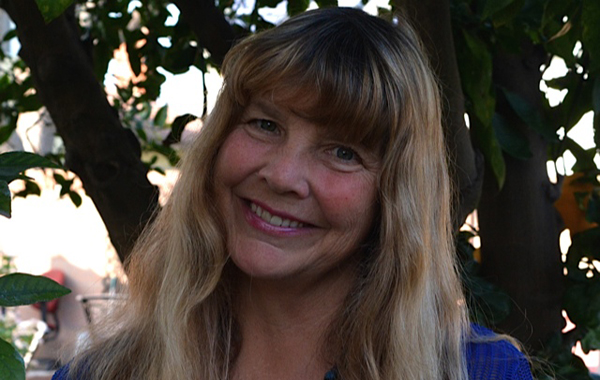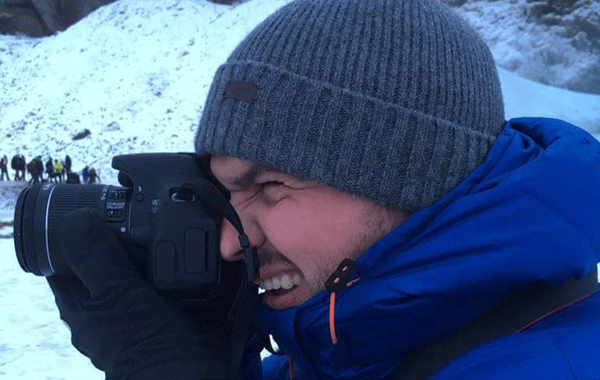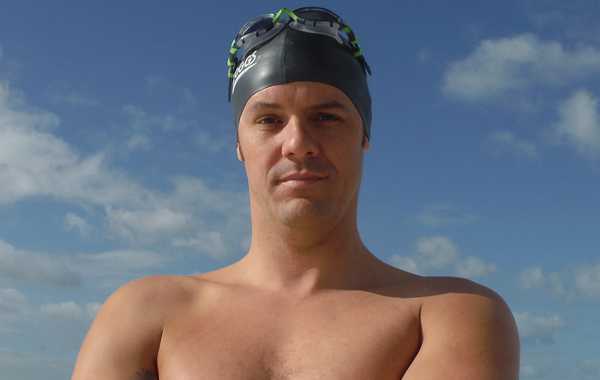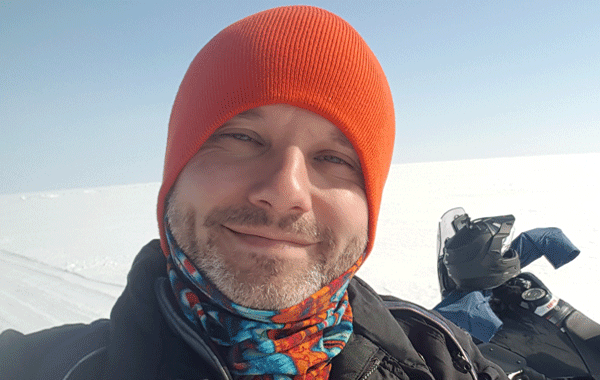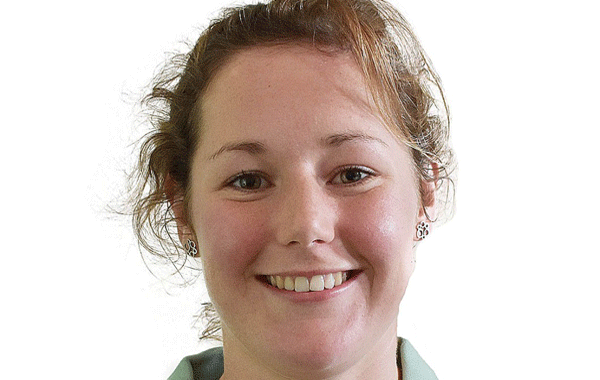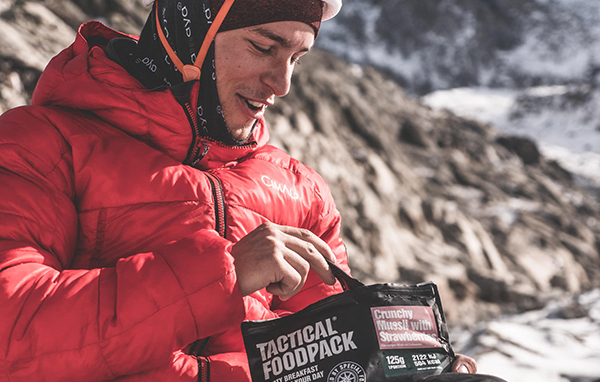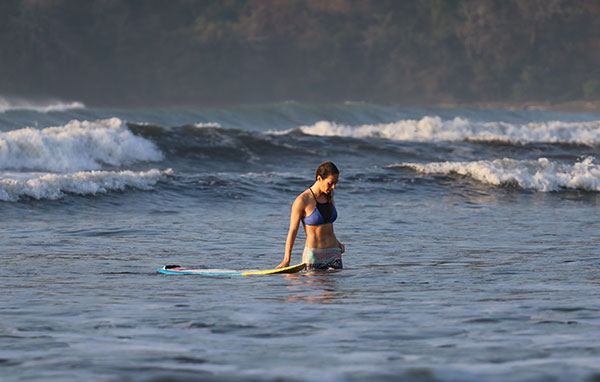‘Bearded men will come and slit your throat,’ he says, almost nonchalantly, guiding an index finger across his neck in demonstration. ‘It is not safe for you here.’ His statement, and the way his two friends stand behind me, could easily be understood to be a direct threat, albeit one which was then somewhat softened by his subsequent words: ‘Come have coffee with us’.
Sitting on a collapsed breeze-block wall on the cliff-edge bank of the Oued Mellegue, one of Tunisia’s seasonal waterways, I am alone, the way I usually travel. I have very little way of protecting myself from anyone intent on doing me harm. I’m deep in the country’s hinterland, away from the Mediterranean beach resorts and hotspots that had – until recently – been welcoming British tourists to the Maghreb’s smallest state for decades.
There’s an elderly shepherd with a handful of ragged-looking sheep on the crumbling cliff of the river’s opposite bank, but that is little comfort.
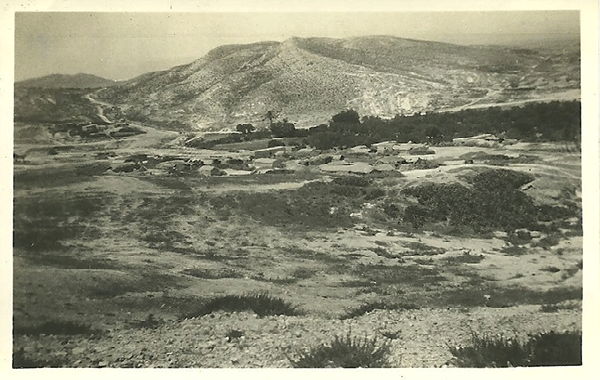
Many aspects of independent and adventure travel depend on one form of good fortune or another – bumping into the right person, or being in the right place at the right time for a local festival, such as when I stumbled upon the paint-throwing antics of holiin Bangladesh.
Over the years I’ve heard the phrase ‘It’s not safe for you here’, so often while travelling it’s difficult to know how much of a risk I’m running, being in Tunisia against official Government advice is one example….
Similar advice halted package holidays to this country overnight, causing a drop in Tunisia’s post-Arab Spring GDP of a staggering six per cent.
Putting yourself in the firing line, hopefully metaphorically, is much of what travel is about. There is an inherent risk, a risk I believe exists even in our everyday ‘home’ lives too. I know many who have been mugged in broad daylight on the streets of London…
Some have no choice in putting themselves in the firing line. I was crossing Northwest Africa – Algeria and Tunisia, from Algiers to Tunis – in the footsteps of my great uncle. He was conscripted into the Royal Engineers at the height of the Second World War.
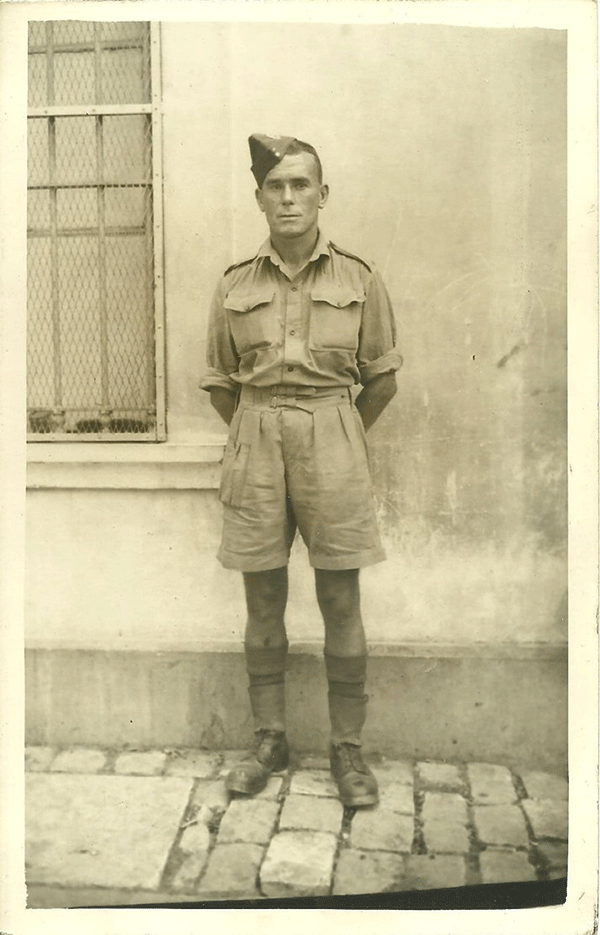
Ian’s Uncle pictured in Tunis, 1943.
After a period of basic training, and having never left Britain before, he was shipped to Algiers in the aftermath of Operation Torch, the naval convoy sneaking through the Straits of Gibraltar in the dead of night. Though little-known today, Torch was the first major joint Anglo-American action against enemy forces during the War, involving several hundred thousand men. My great uncle was one of the first engineers behind the lines to arrive.
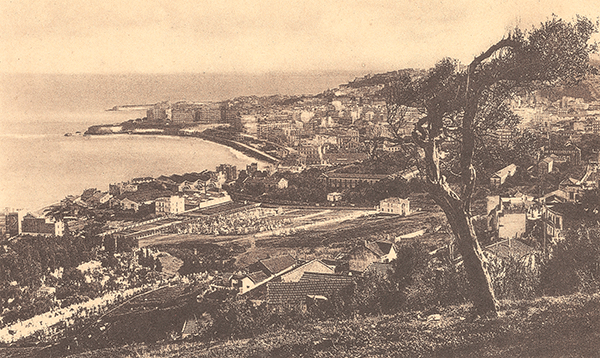
Bab el Oued.
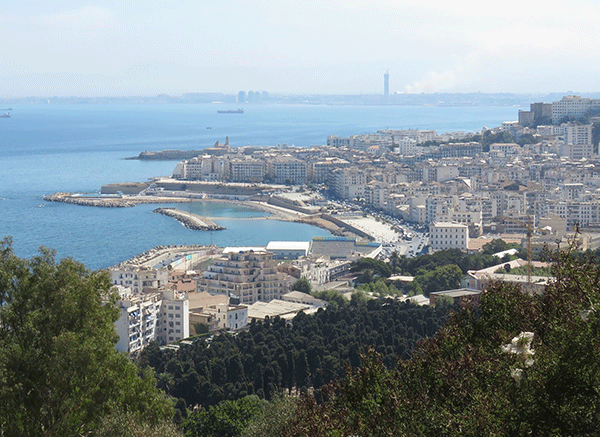
Bab el Oued.
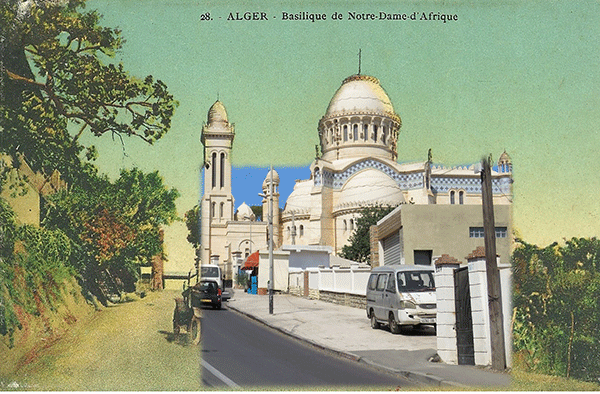
Notre Dame d’Afrique.
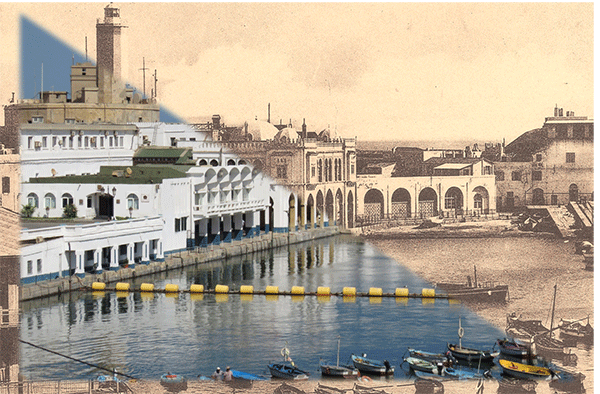
Algiers Port de Peche.
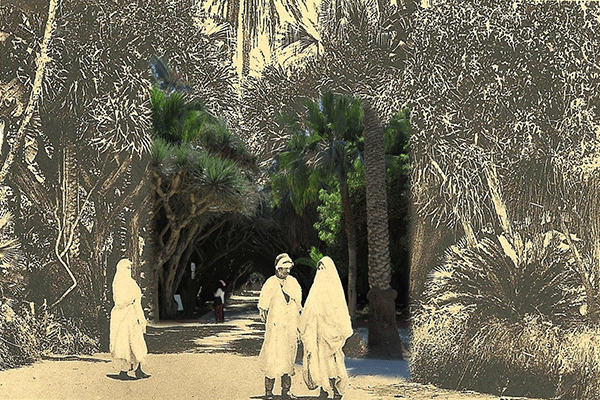
Allee des dracaena, Jardin d’essai

Madrassa Tsalibia.
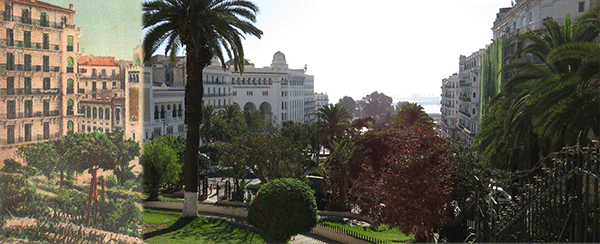
Grande Poste.
Like so many of his generation, he never really spoke of the three-and-a half years he was away from home – for every month I was travelling he was away for 12 – but he did leave an album. It was an album I rediscovered 70 years later, containing postcards and his own photographs, of the people and places he came across. It was an album I set out to recreate three-quarters of a century on, studying numerous archives to identify the unlabelled images until I was confident I would be able to recapture these images from a long-forgotten time and place.
He reached the Oued Mellegue after months of hard railway reconstruction work, at the age of 32. As I sat on that collapsed breeze block wall, exactly the same age, I tried to imagine the struggles he faced and how it compared to the time I am living in.
As I walked the river’s left bank, disturbing herons and dragonflies that seemed just as big, I’m brought to a halt by shouting from the opposite bank, a two-man team steadily shifting the riverbed’s gravel into an open-backed truck painted blue.
‘What the hell are you doing, get away!’ the eldest cries, scattering a flock of sparrows from a nearby pine. ‘You’re a foreigner? I’m sorry… But be careful, there are terrorists here…’
Everything startles me then, the plop of a freshwater turtle as it slips into a reedy pool, a frog, leg’s extended, trying to outpace my footfall. The police checkpoint on the edge of the nearest town begins to make sense, as does the surprise of the medina stall holders in Hammamet.
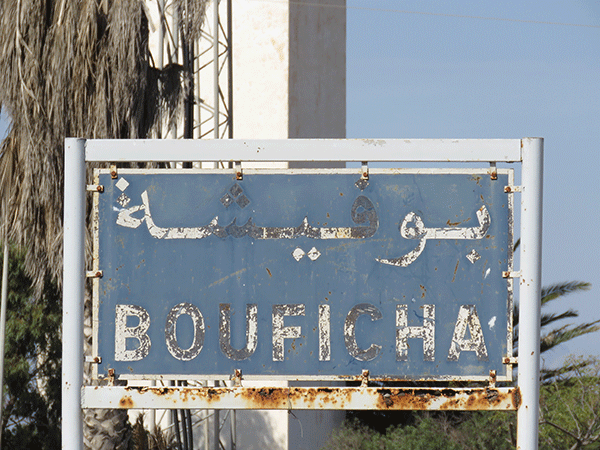
Bouficha.
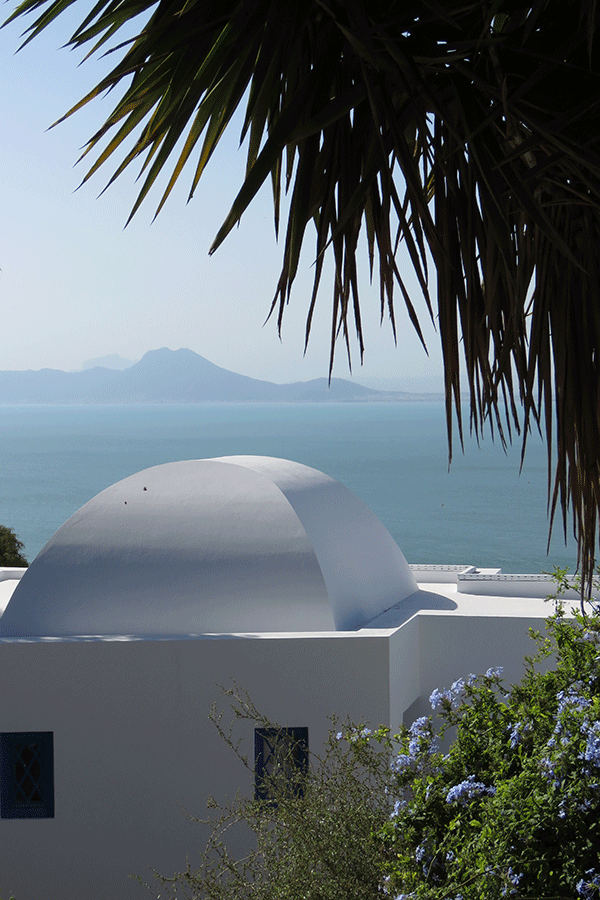
Sidi Bou Said.
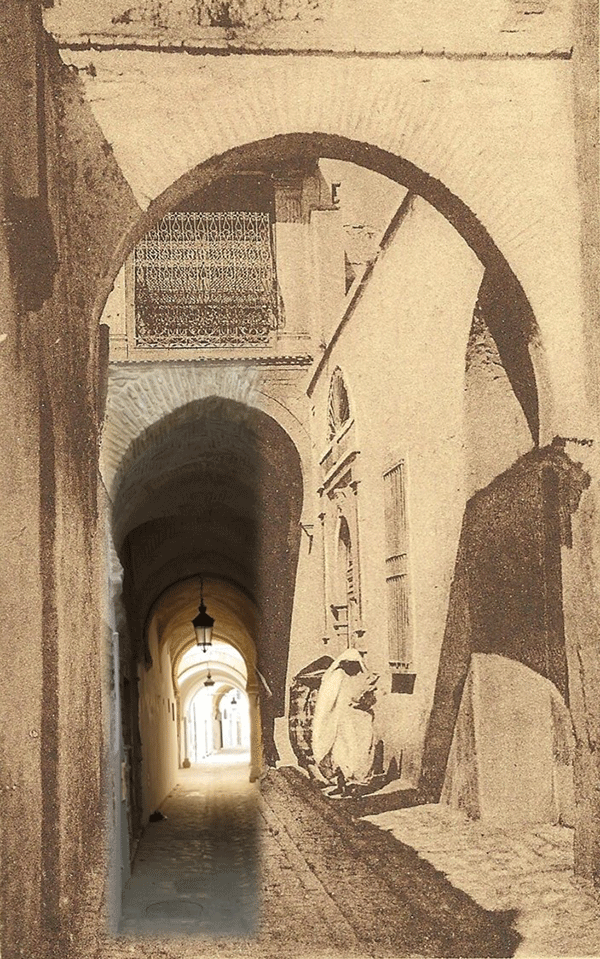
Medina.

Old Port, Bizerte
‘But Tunisia is closed for the British’ one says, miming a key being turned in a lock. Another says ‘You’re here on the ground. Do you see anything wrong? You know why? It’s all propaganda – images on the television… It’s so you go to a different country that pays your Government commission so you go there instead!’
The Italian Government doesn’t need to pay anyone to get the tourists to come, though my desire to check out small towns where my great uncle next found himself, those that don’t normally feature on the tourist trail, left some just as confused
as their counterparts in North Africa.
‘Aversa?’ Why on earth do you want to go to Aversa?’ I was asked over breakfast in a homestay in nearby Caserta, not all that far from Naples and the swollen menace of Mount Vesuvius, mainland Europe’s only active volcano.
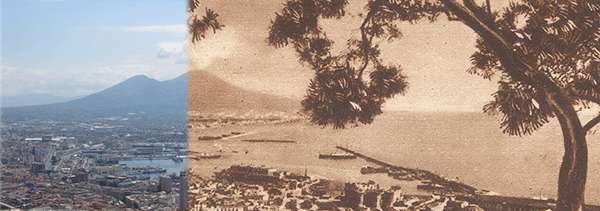
Naples
From Naples, over more than two years, my great uncle made his way up the Italian peninsula to the Austrian border, always just a few miles behind front line infantry forces. More than once a move north was cancelled at the very last second by renewed shellfire. He lost friends this way, they lie in cemeteries throughout the peninsula, the most lovingly-cared for and peaceful places its possible to come across. They were almost all in their 20s.
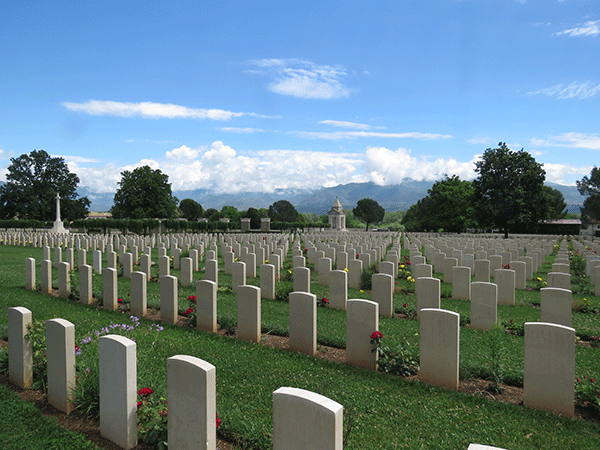
Cassino War Cemetery
Luck meant my great uncle survived. It wasn’t anything more than luck. It meant he could return home to his wife, his army-issue kit bag laden with souvenirs: stamps from Eritrea obtained somewhere along the way from Italian prisoners of war, a gold hand-etched ring from Tunis, cap badges belonging to the Afrika Korps, a pressed edelweissflower from high up in the Italian mountains. It meant I was able to retrace his footsteps over 1,000 miles, retake many of his photographs, and uncover a story that had all but disappeared from our collective consciousness.
You can find out more about Ian’s journey at www.encircleafrica.org.
Many of his recaptured images can be found on Twitter and instragram (@ianMpackham). He has also produced a limited-edition hardback photo book depicting the journey which can be found at www.encircleafrica.org/shop/.

